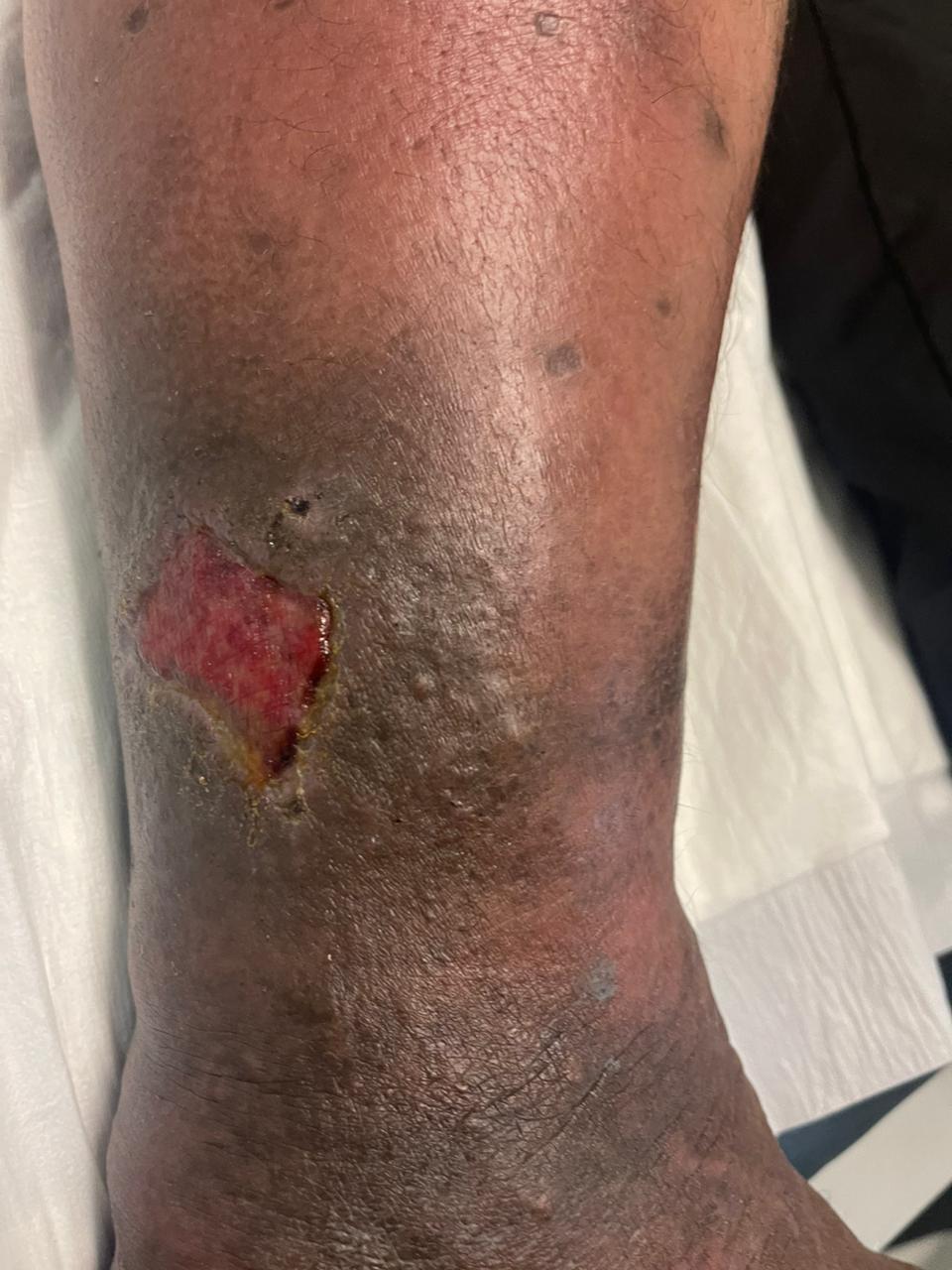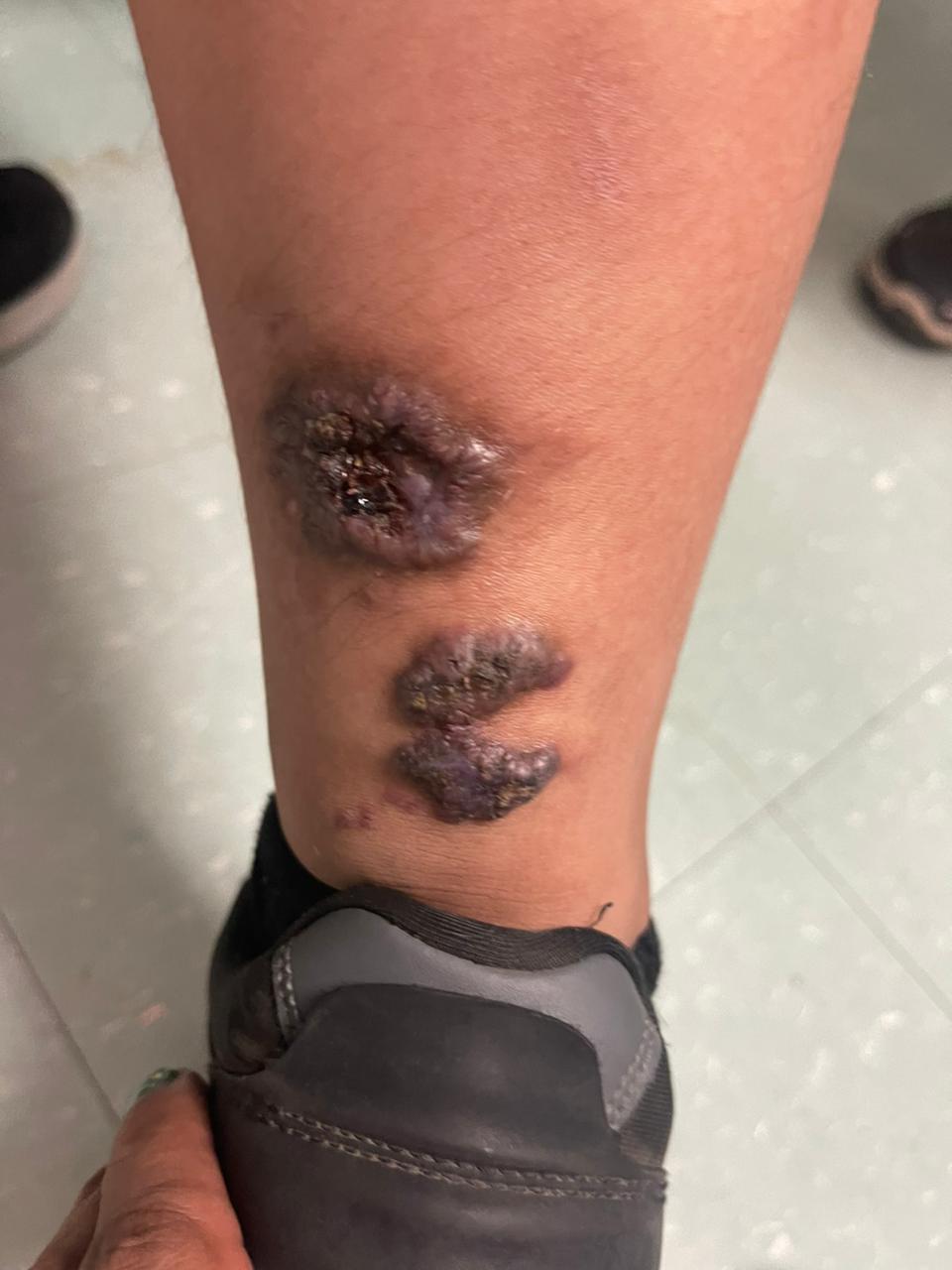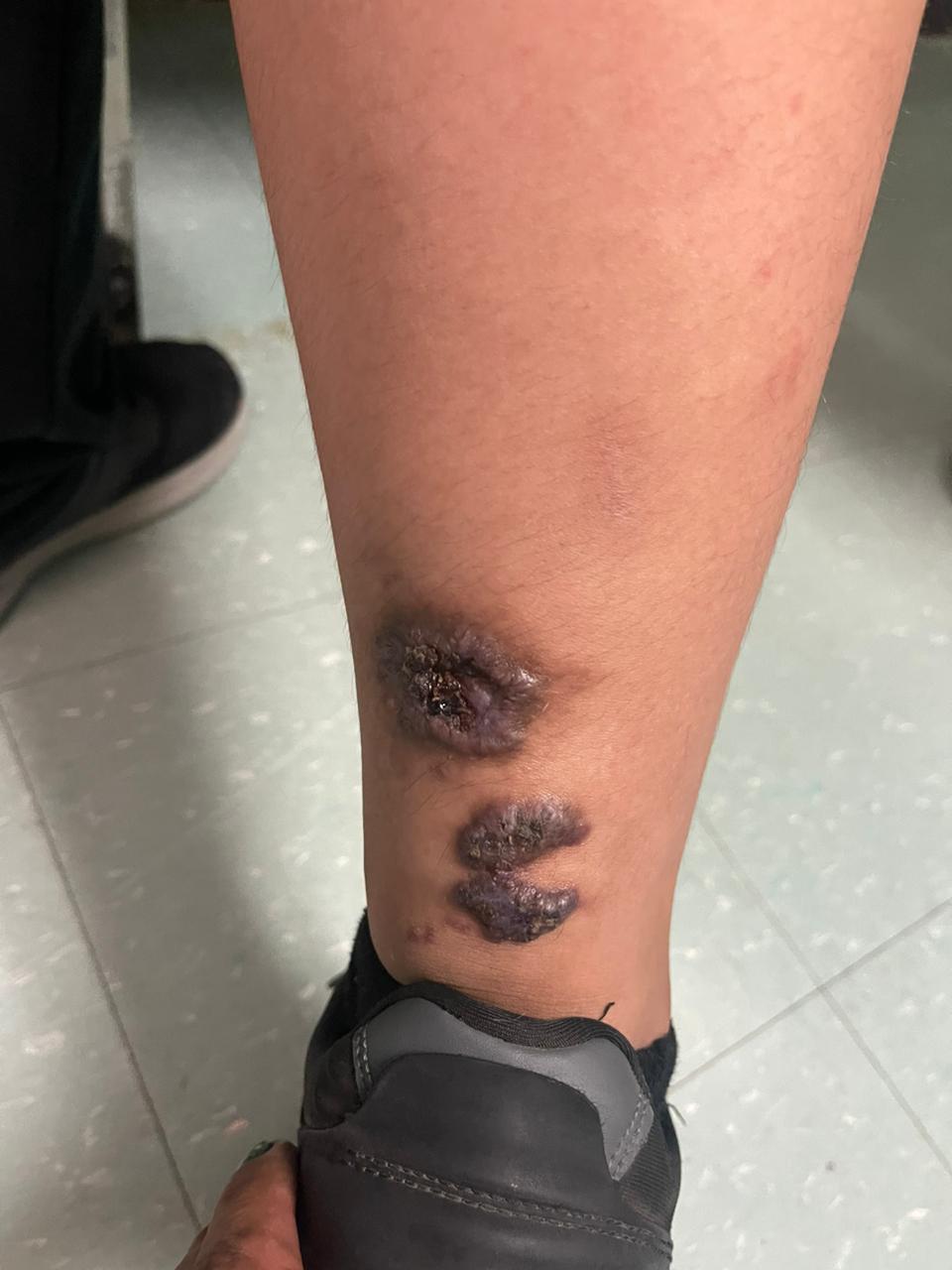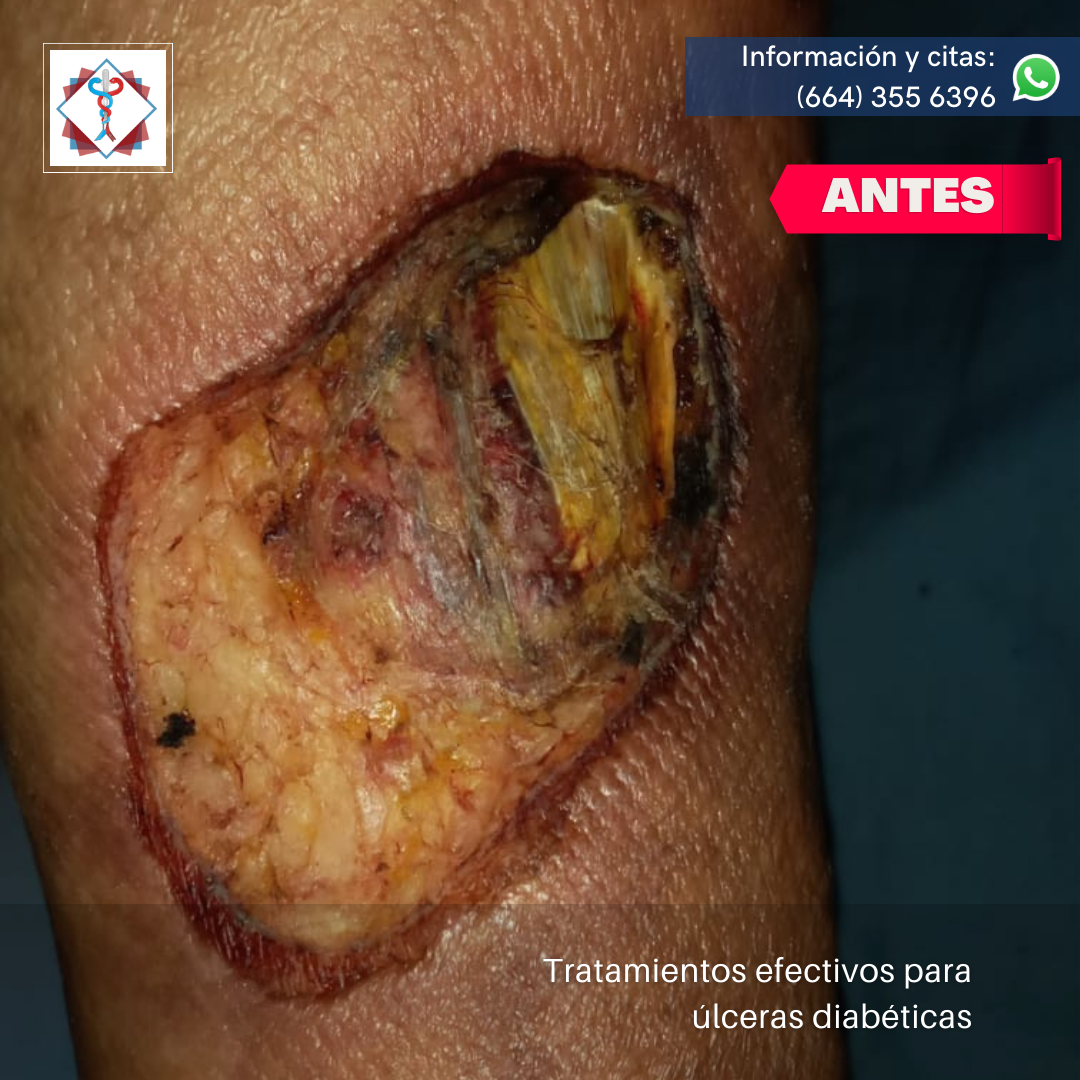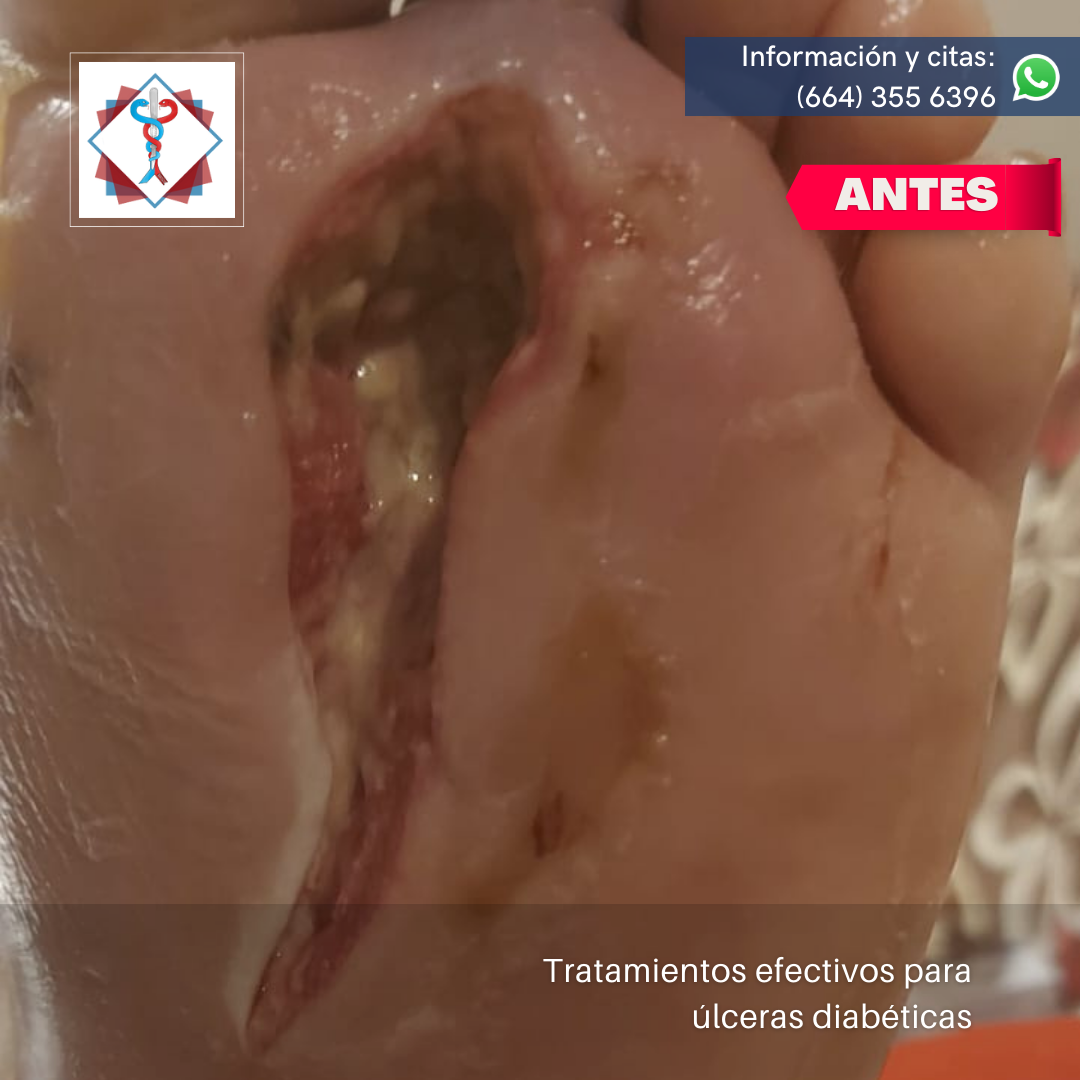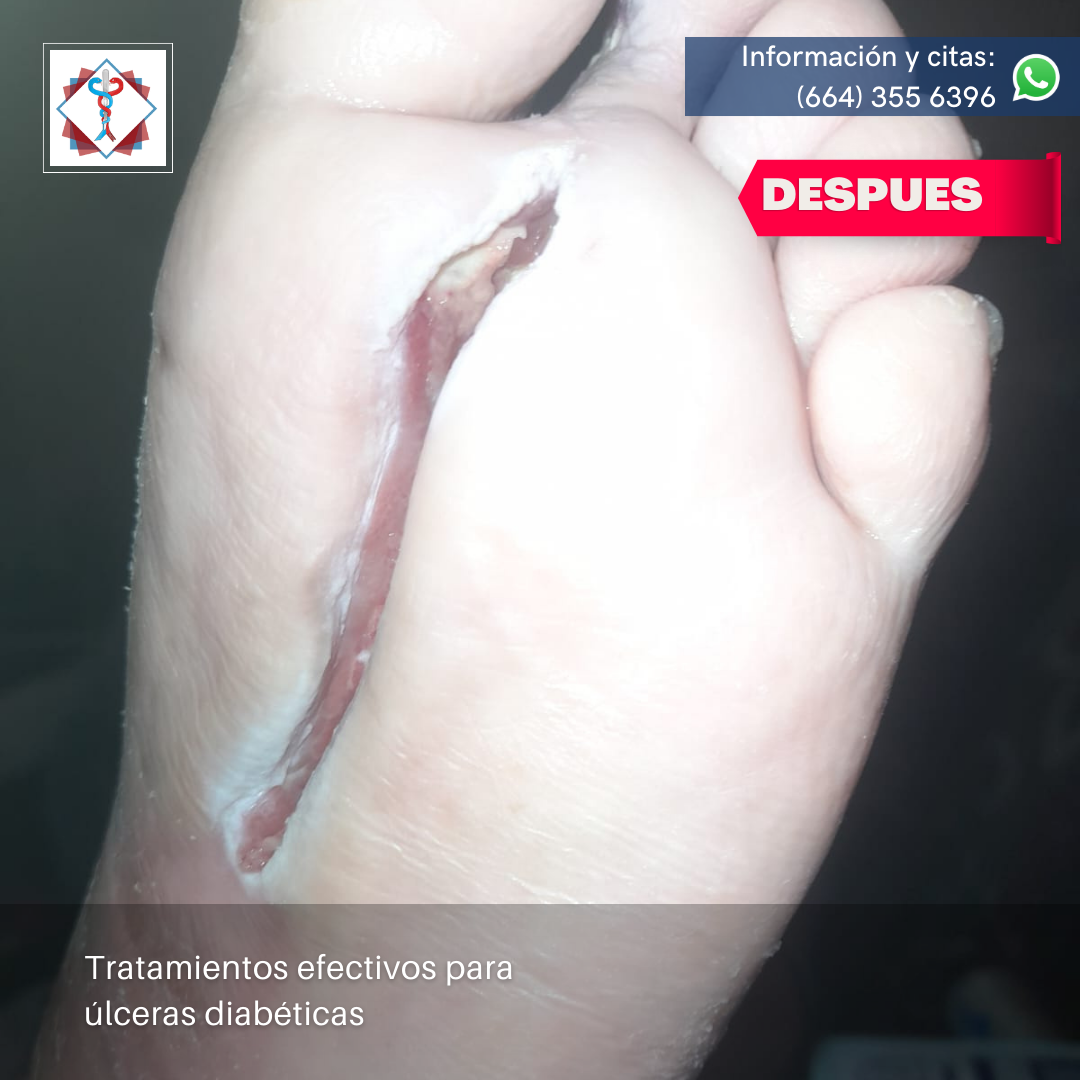Diabetic Foot Ulcers
Ulcers or sores caused by Diabetes
Diabetes mellitus is the leading cause of lower limb loss.
Eighty percent of amputations began with an injury that went unnoticed, and in most cases, they could have been avoided. If you have diabetes and suffer from a foot injury, time is of the essence. Seek treatment as soon as possible to avoid life-threatening complications.
What does it entail?
To treat any foot injury in patients with diabetes, the first step is to ensure circulation. If circulation is lacking, any treatment is unsuccessful. Before undergoing amputation, all patients with diabetes should be evaluated by an angiologist and vascular surgeon.
What are the symptoms?
• Pain or fatigue when walking.
• Changes in skin color or temperature.
• Dryness.
• Ulcers.
• Calluses on the sole of the foot.
• Areas of low sensitivity.
• Immobility in the joints.
• Changes in walking or balance.
• Cuts, scrapes, blisters, or anything that affects the integrity of the foot.
• Ingrown, thick, infected nails, etc.
Our Patients
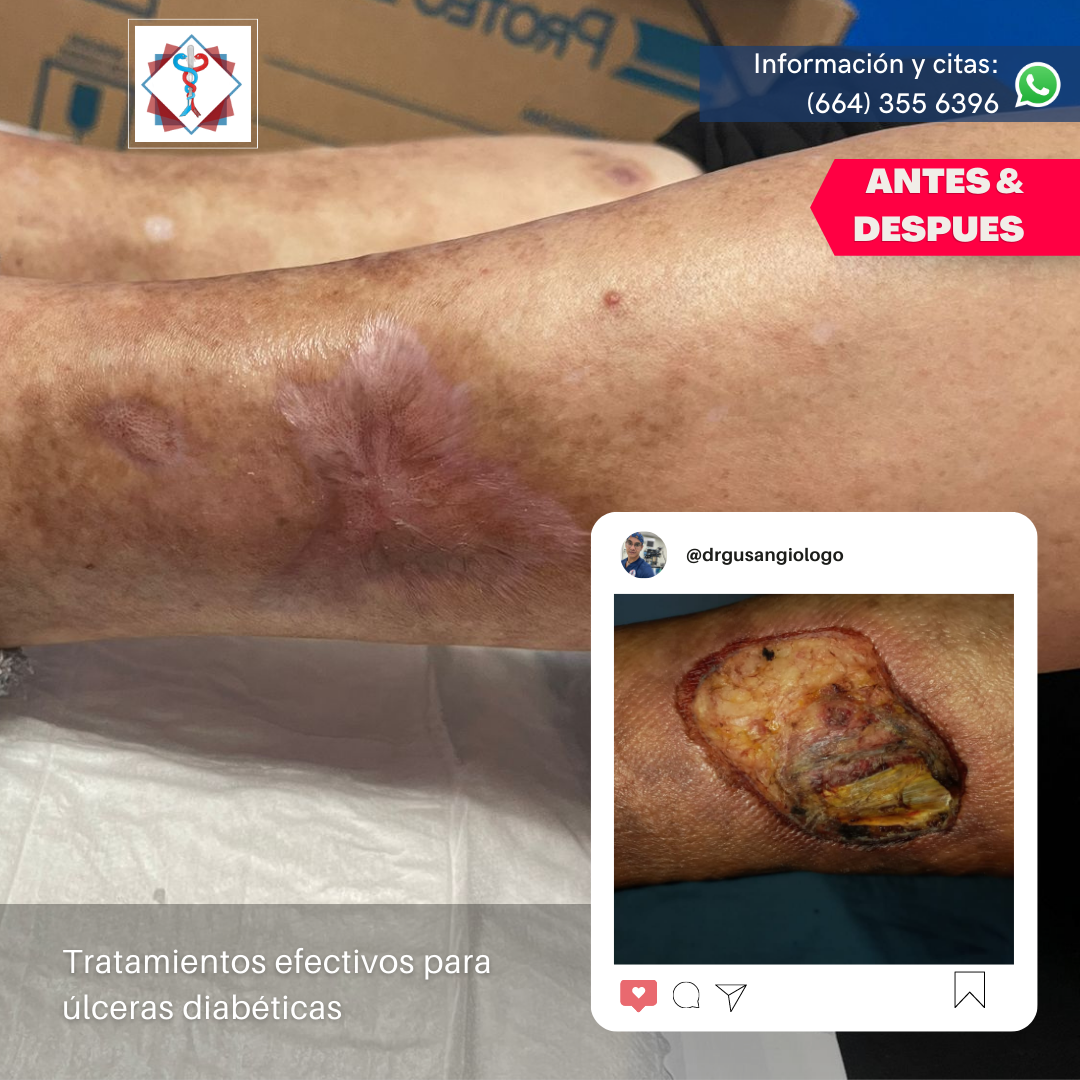
Venous Ulcers
Ulcers or sores caused by Diabetes
They can occur when the veins in the legs do not pump blood back to the heart as they should. This is called venous insufficiency, which causes blood to pool and become congested in the veins of the lower leg, increasing blood pressure.
Initial symptoms include:
o Swelling, heaviness and cramps in the legs
o Hardened, dark red, purple, or brown skin (this is a sign that blood is backing up)
o Itching and tingling
Signs and symptoms of venous ulcers include:
o Superficial ulcer with a red base, sometimes covered by yellow tissue.
o Irregularly formed edges.
o The surrounding skin may be shiny, tight, warm or hot, and discolored.
or Leg pain.
o If the ulcer becomes infected, it may have a bad odor and pus may drain from the wound.
Diabetic Ulcers
Ulcers or sores caused by Diabetes
Signs and symptoms of venous ulcers include:
o Superficial ulcer with a red base, sometimes covered by yellow tissue.
o Irregularly formed edges.
o The surrounding skin may be shiny, tight, warm or hot, and discolored.
or Leg pain.
o If the ulcer becomes infected, it may have a bad odor and pus may drain from the wound.
They can occur when the veins in the legs do not pump blood back to the heart as they should. This is called venous insufficiency, which causes blood to pool and become congested in the veins of the lower leg, increasing blood pressure.
Initial symptoms include:
o Swelling, heaviness and cramps in the legs
o Hardened, dark red, purple, or brown skin (this is a sign that blood is backing up)
o Itching and tingling
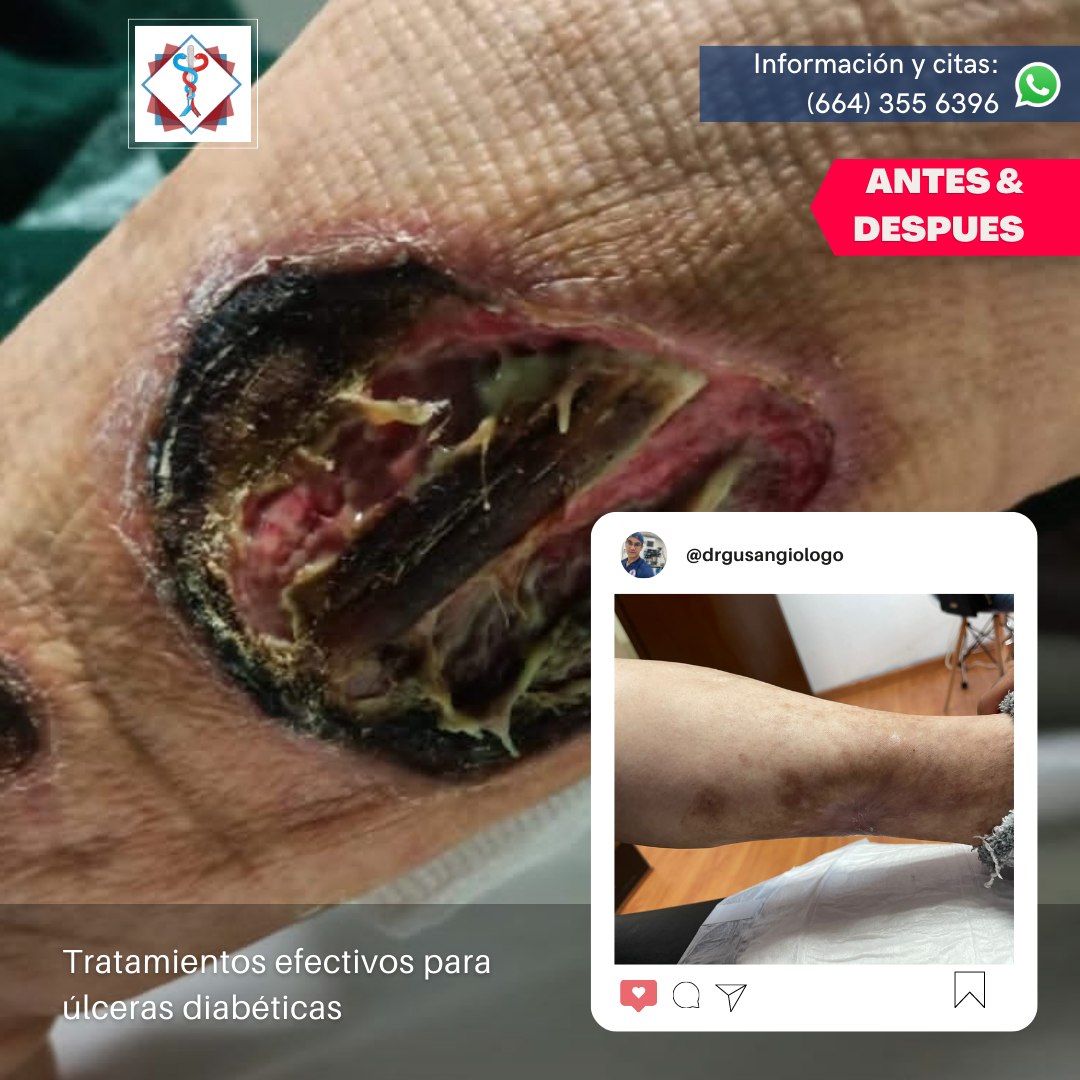
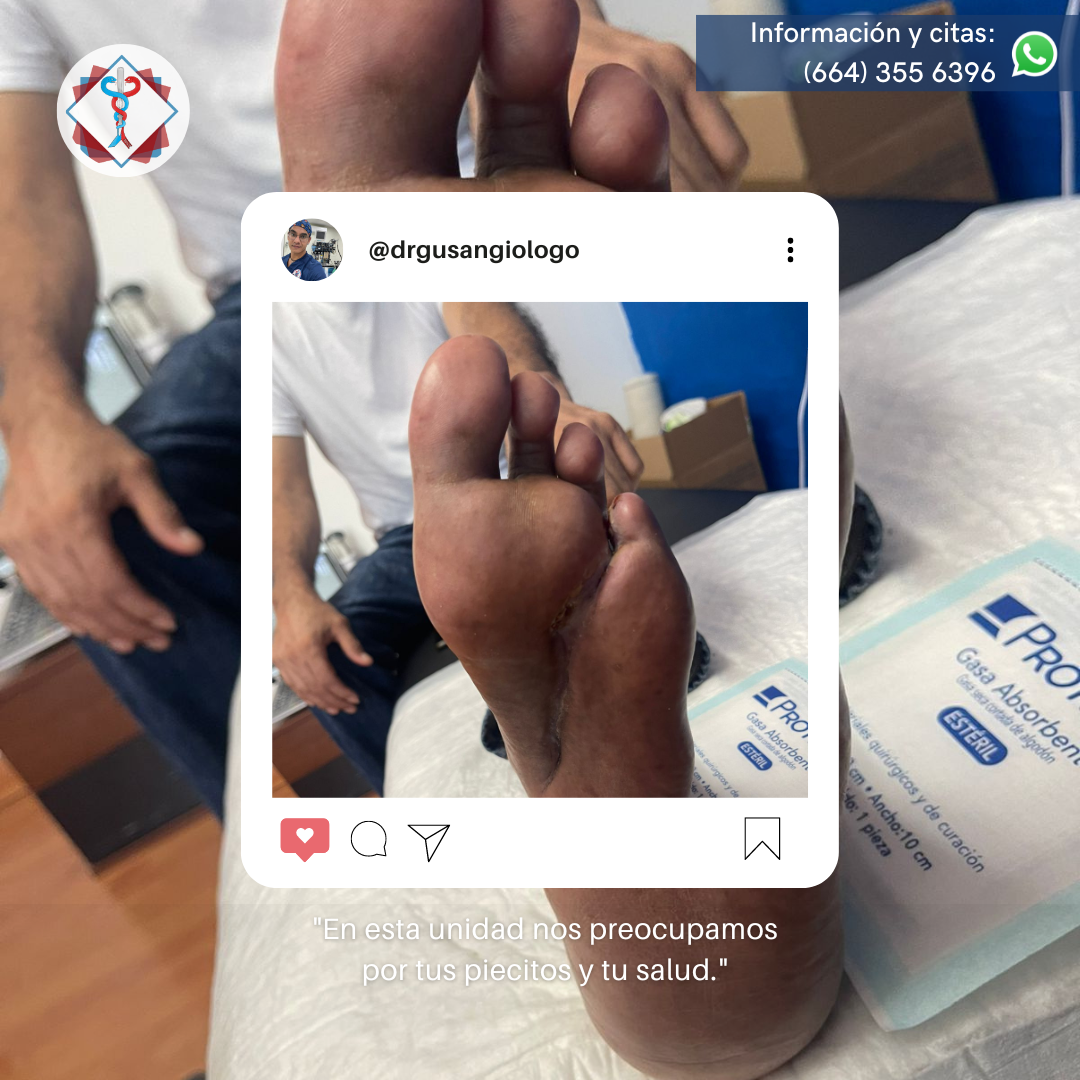
Venous Ulcers
Ulcers or sores caused by Diabetes
They can occur when the veins in the legs do not pump blood back to the heart as they should. This is called venous insufficiency, which causes blood to pool and become congested in the veins of the lower leg, increasing blood pressure.
Initial symptoms include:
o Swelling, heaviness and cramps in the legs
o Hardened, dark red, purple, or brown skin (this is a sign that blood is backing up)
o Itching and tingling
Signs and symptoms of venous ulcers include:
o Superficial ulcer with a red base, sometimes covered by yellow tissue.
o Irregularly formed edges.
o The surrounding skin may be shiny, tight, warm or hot, and discolored.
or Leg pain.
o If the ulcer becomes infected, it may have a bad odor and pus may drain from the wound.







